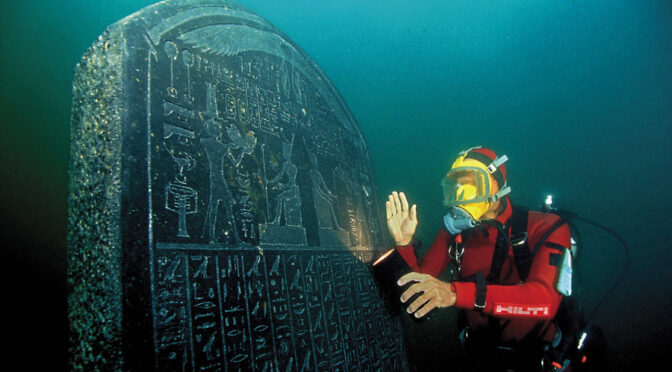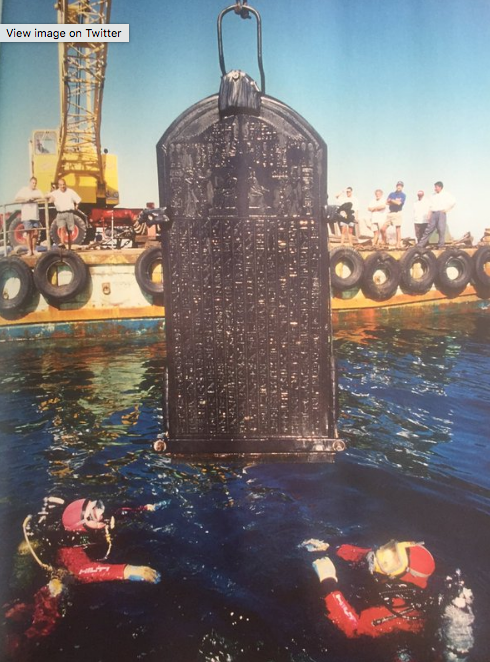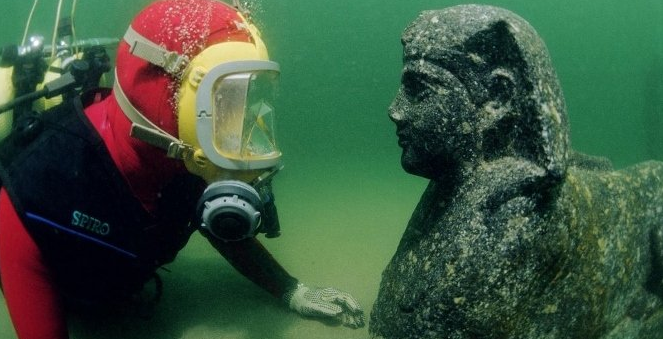Over a decade ago, French underwater archaeologist Franck Goddio had discovered something amazing submerged in the River Nile. In 2000, they found massive structures making up the lost city of Heracleion, also known as Thonis. Over 1000 years after they were submerged in the Mediterranean sea, these incredible artifacts are now going to be revealed to the public in a British Museum exhibition.
Found right beside the ancient city of Alexandria, these discoveries change the game for the possibilities of our past.
There is so much we haven’t found and because we haven’t discovered it yet, it is considered to have never existed in the first place.
It is more than likely that there are many different ancient societies that have been too destroyed or too difficult to find; that doesn’t mean they didn’t exist. It is possible there was advanced technology that, over thousands of years, have little left remaining.
This exhibition will feature more than 200 amazing preserved artifacts from the ancient site, including a 5.4 meter tall granite statue of the Nile flood God, Hapy, and a 1,200-year-old statue of the Greek Goddess, Isis. 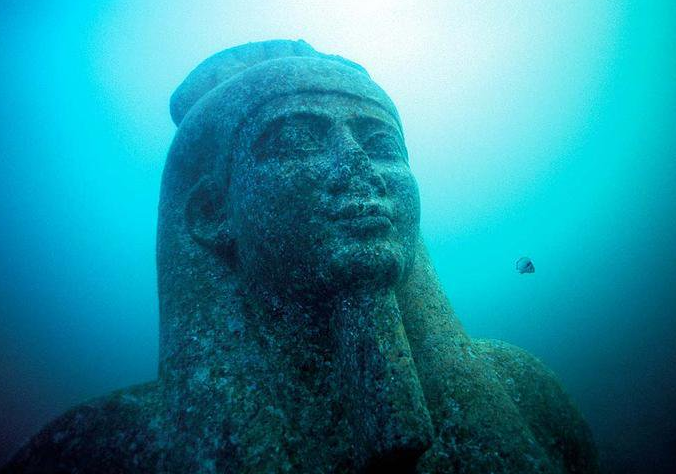
Goddio is president of the European Institute for Underwater Archaeology which has excavated over a dozen historic shipwrecks and lost artifacts.
Goddio’s take on this is very interesting. The 68 year old states that “Pompeii is a very small city. They started archaeological excavation there in the 18th century – and it is still not excavated fully. Thonis-Heracleion covers an area that is three times the size of Pompeii,”
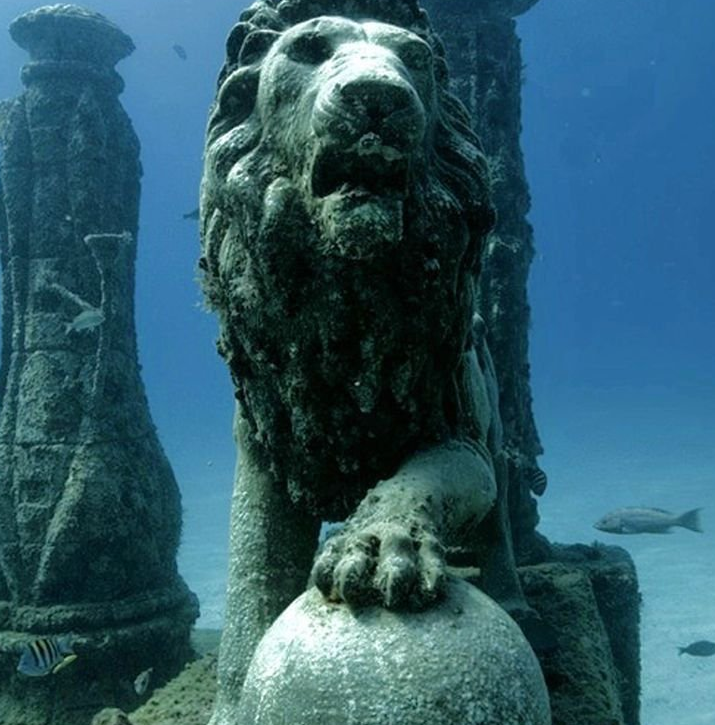 He says we’ve found only around 5 percent of the underwater cities and discoveries underneath the waters surface.
He says we’ve found only around 5 percent of the underwater cities and discoveries underneath the waters surface.
That is so mind blowing! Hundreds of discoveries from people around the world have uncovered countless artifacts, and yet we’ve still only found about 5 percent of what’s out there.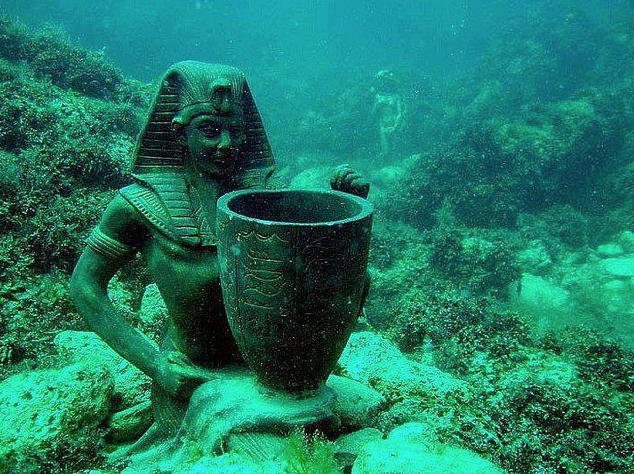
What does that say about human history? There is so much we don’t know about humanities past its dizzying.

